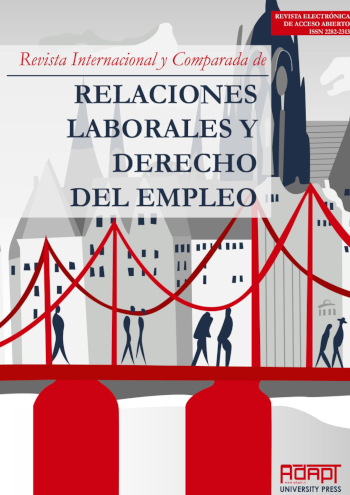Resumen
La capacidad de control que permite el uso de la inteligencia artificial (IA) y la Internet of Things (IoT), a través de la obtención de datos y su tratamiento algorítmico, facilitan determinar el alcance de la obligación de seguridad del empresario como garante de la salud de sus trabajadores y la conducta del trabajador como elemento exonerante o atenuante de la responsabilidad del empresario. La posibilidad de identificar situaciones potenciales de riesgo o conductas indebidas de los trabajadores, entre otras, por la automatización de tareas o por una habituación del riesgo hace que se puedan dar las órdenes e instrucciones necesarias para evitar las situaciones de riesgo. Su incumplimiento constituye una infracción de las obligaciones básicas del trabajador alejándose con ello de una posible conducta no temeraria. El tratamiento de los datos con una finalidad preventiva implica un mayor control de los riesgos lo que debe conllevar una mayor protección y una disminución de situaciones peligrosas lo que implicaría por parte del trabajador un mayor grado de intencionalidad en conductas de riesgo y, por otro lado, una disminución del deber objetivo de cuidado del empresario.The control capacity that allows the use of Artificial Intelligence (AI) and Internet of Things (IoT), through obtaining data and their algorithmic treatment, facilitates determining the scope of entrepreneurs’ safety obligation as guarantor of the health of their workers, and the workers’ behaviours as an exempting or attenuating element of entrepreneurs’ responsibilities. The possibility of identifying potential risk situations or the workers’ misconduct, among other matters, by the automatization of tasks or by a familiarity of the risk means that the necessary orders and instructions can be given to avoid risk situations. Their non-compliance is an infringement of the worker’s basic obligations, non-reckless behaviour thus becoming less likely. The data treatment with a preventive purpose involves a greater control of risks. This leads to more protection and a decrease in dangerous situations, implying a greater degree of the workers’ intent in risk behaviours and, on the other hand, a decrease of the entrepreneurs’ objective duties of care.

